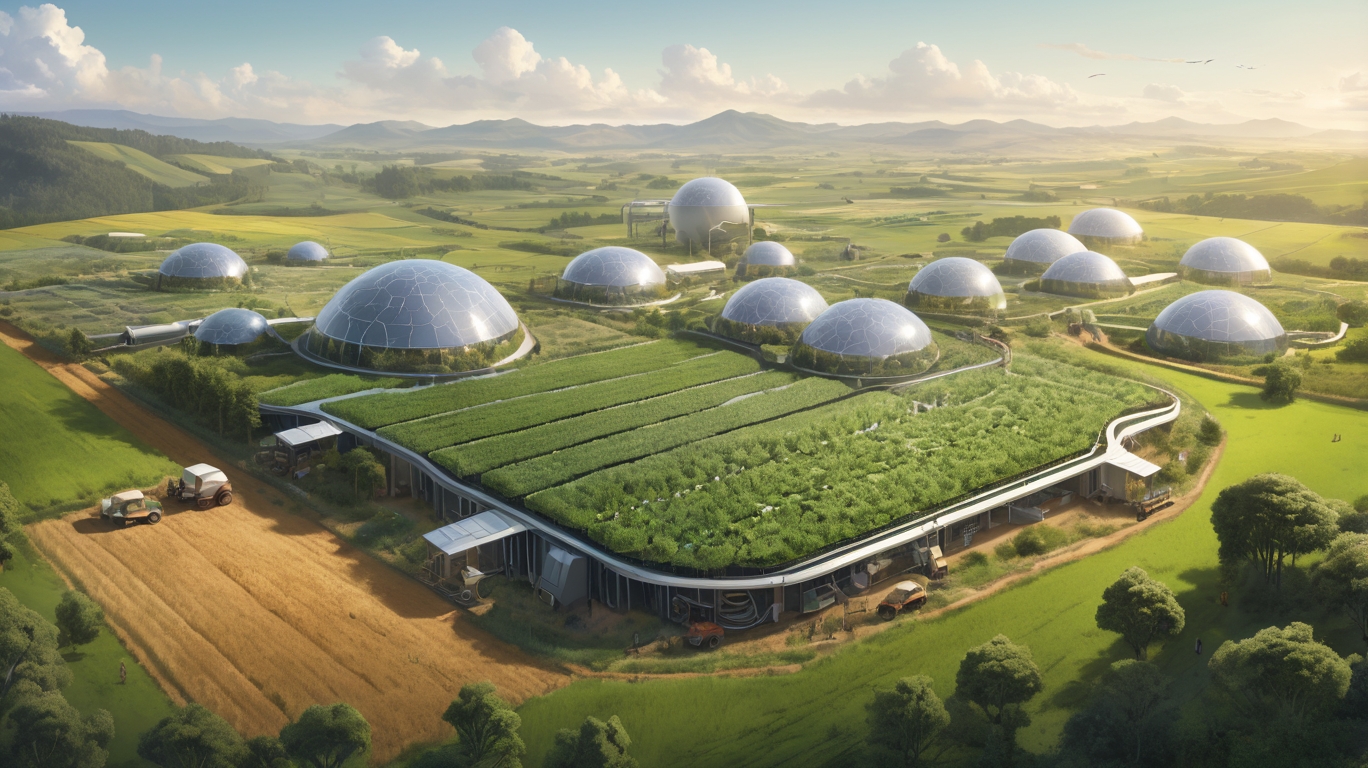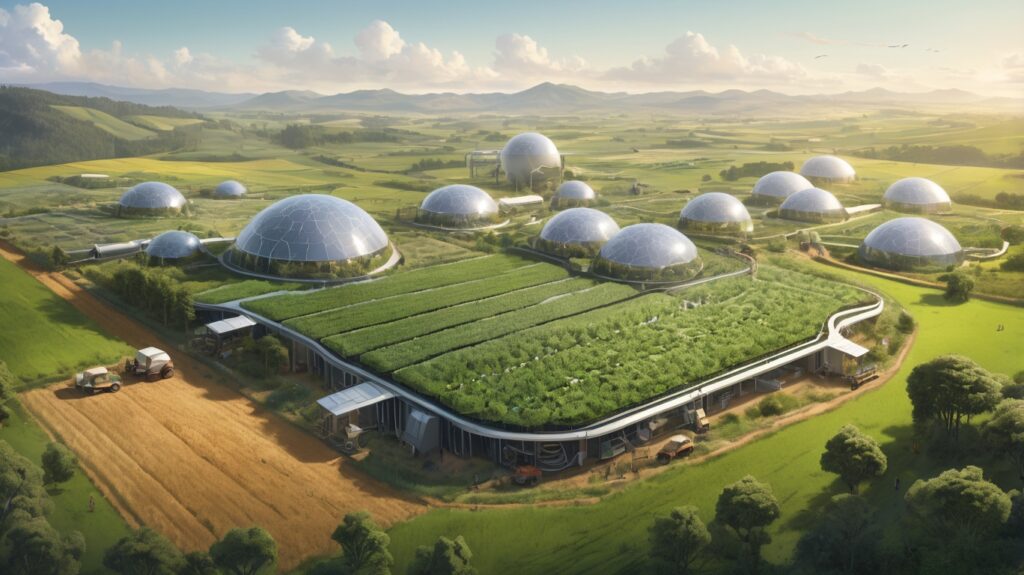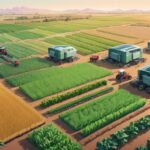The Future of Carbon Farming: A Gentle Shift Toward Sustainability
In a world where climate change often feels like an insurmountable challenge, carbon farming offers a quiet yet powerful solution. By working with nature rather than against it, this practice has the potential to reshape agriculture, restore ecosystems, and help stabilize our climate—all while supporting farmers and rural communities.

What Is Carbon Farming?
At its core, carbon farming is a set of agricultural practices designed to capture and store carbon dioxide from the atmosphere in the soil and plant biomass. Unlike high-tech carbon removal methods, it relies on time-tested techniques like cover cropping, agroforestry, rotational grazing, and reduced tillage. These methods not only sequester carbon but also improve soil health, water retention, and biodiversity.
Why It Matters
The Earth’s soils hold more carbon than the atmosphere and all plant life combined. Yet, decades of industrial farming have degraded vast areas of land, releasing stored carbon and reducing fertility. Carbon farming presents an opportunity to reverse this trend—slowly, steadily, and sustainably.
Beyond climate benefits, healthier soils mean more resilient farms. Crops grown in carbon-rich soil are better equipped to withstand droughts and floods, reducing the need for chemical inputs. For farmers, this can translate to lower costs and more stable yields over time.
The Road Ahead
While carbon farming is not a silver bullet, its potential is significant. Governments and organizations are beginning to incentivize these practices through carbon credit programs, offering farmers financial rewards for measurable carbon sequestration. However, challenges remain—scaling these methods requires education, investment, and policy support.
The future of carbon farming will likely involve a blend of traditional wisdom and modern science. Advances in soil monitoring and data analysis can help farmers optimize their practices, while regenerative techniques ensure that agriculture remains in harmony with nature.
A Quiet Revolution
Unlike flashy technological fixes, carbon farming doesn’t demand headlines to be effective. It works gradually, beneath our feet, rebuilding ecosystems one field at a time. As more farmers adopt these methods and consumers support sustainable agriculture, we may find that some of the best solutions to climate change are also the simplest.
In the end, carbon farming reminds us that sometimes, the most profound changes begin with the soil.



